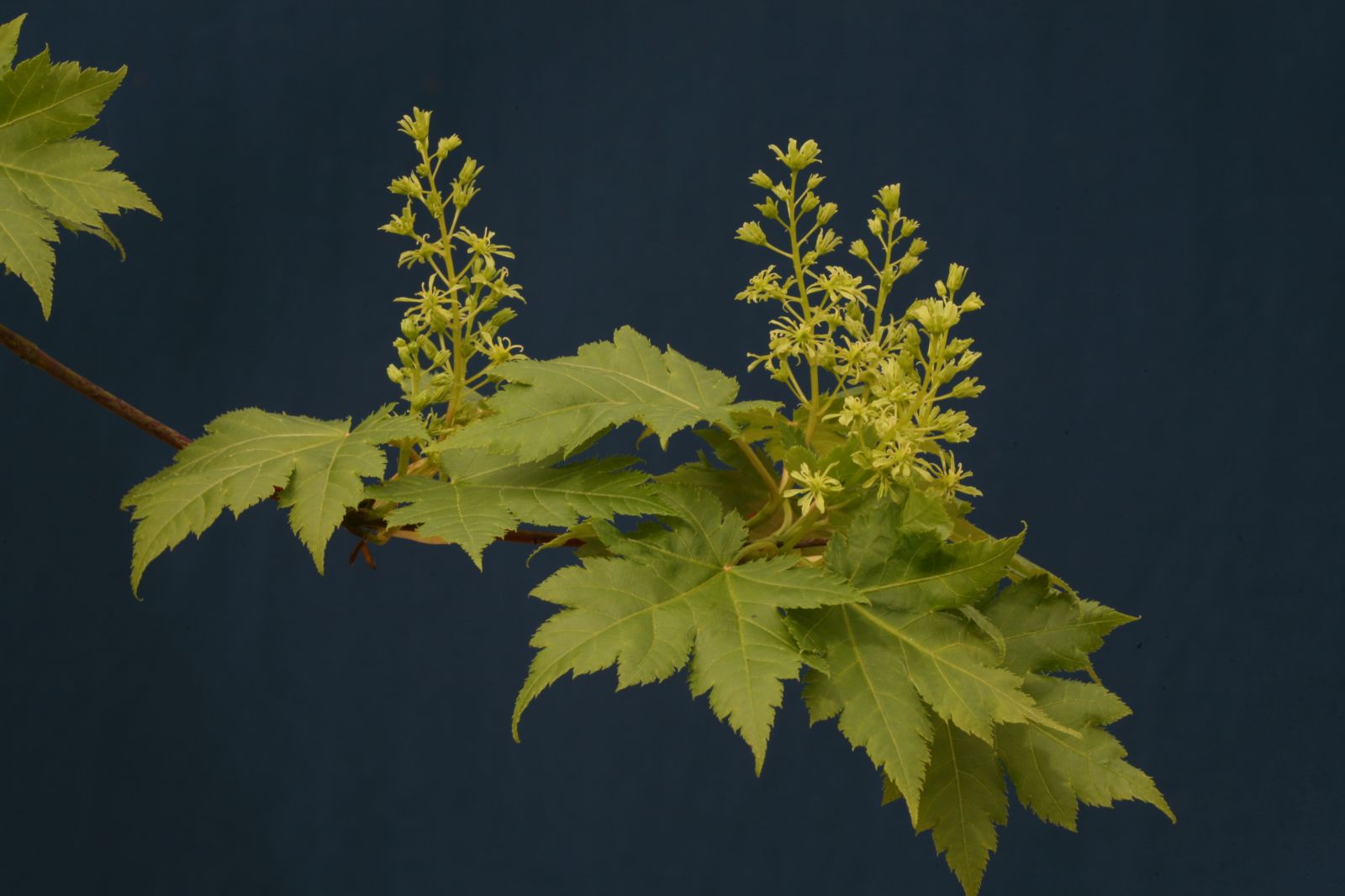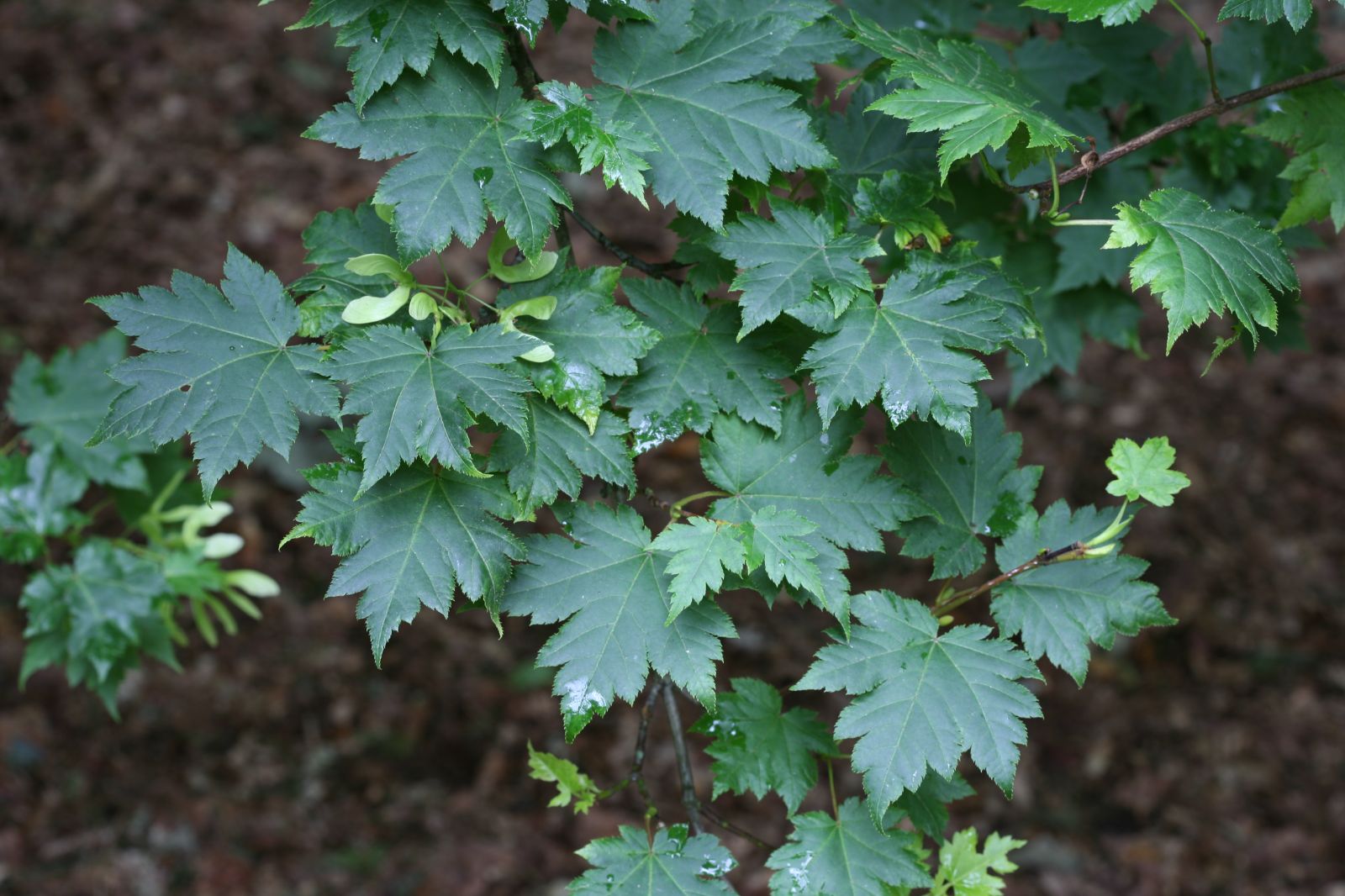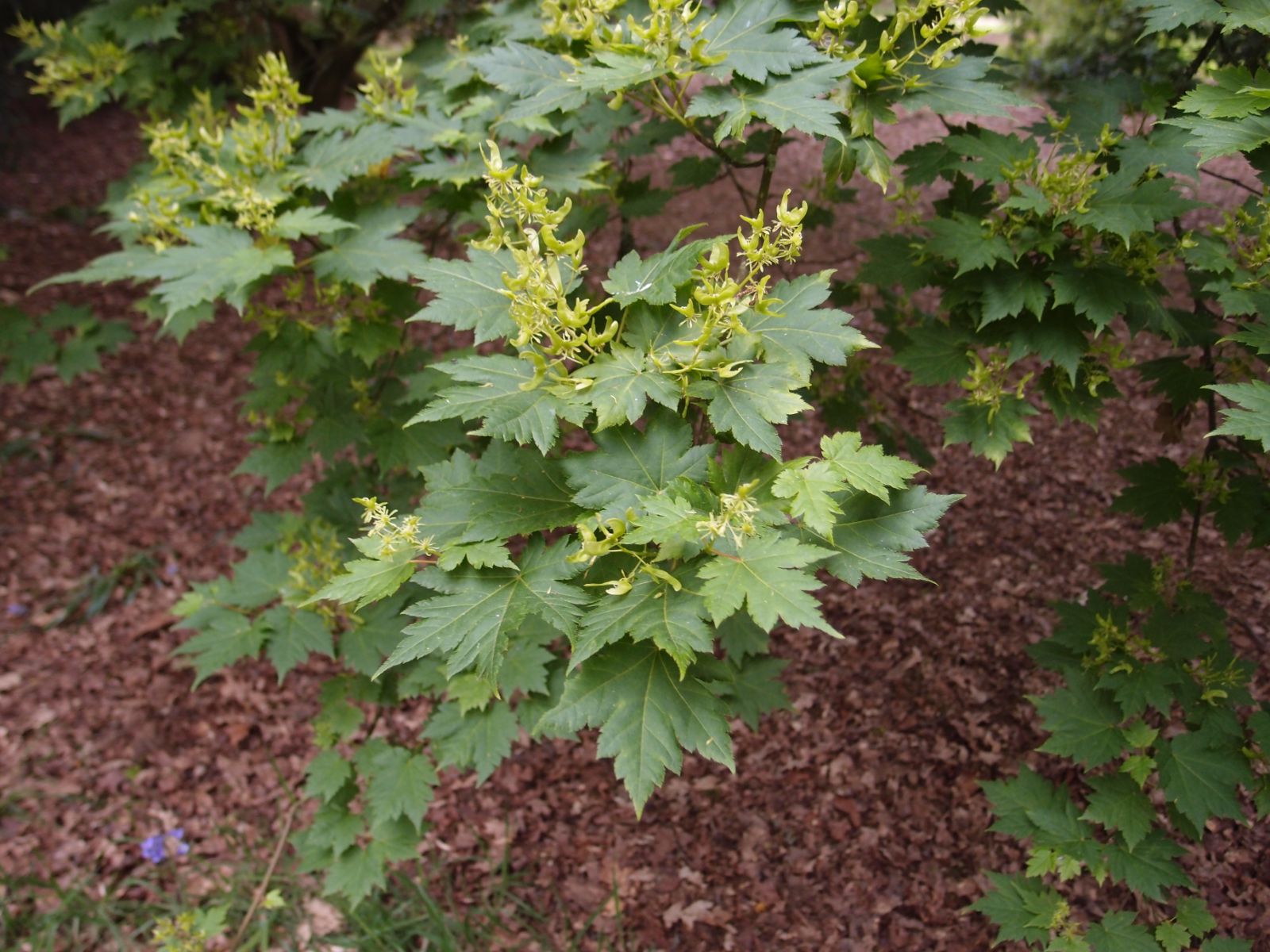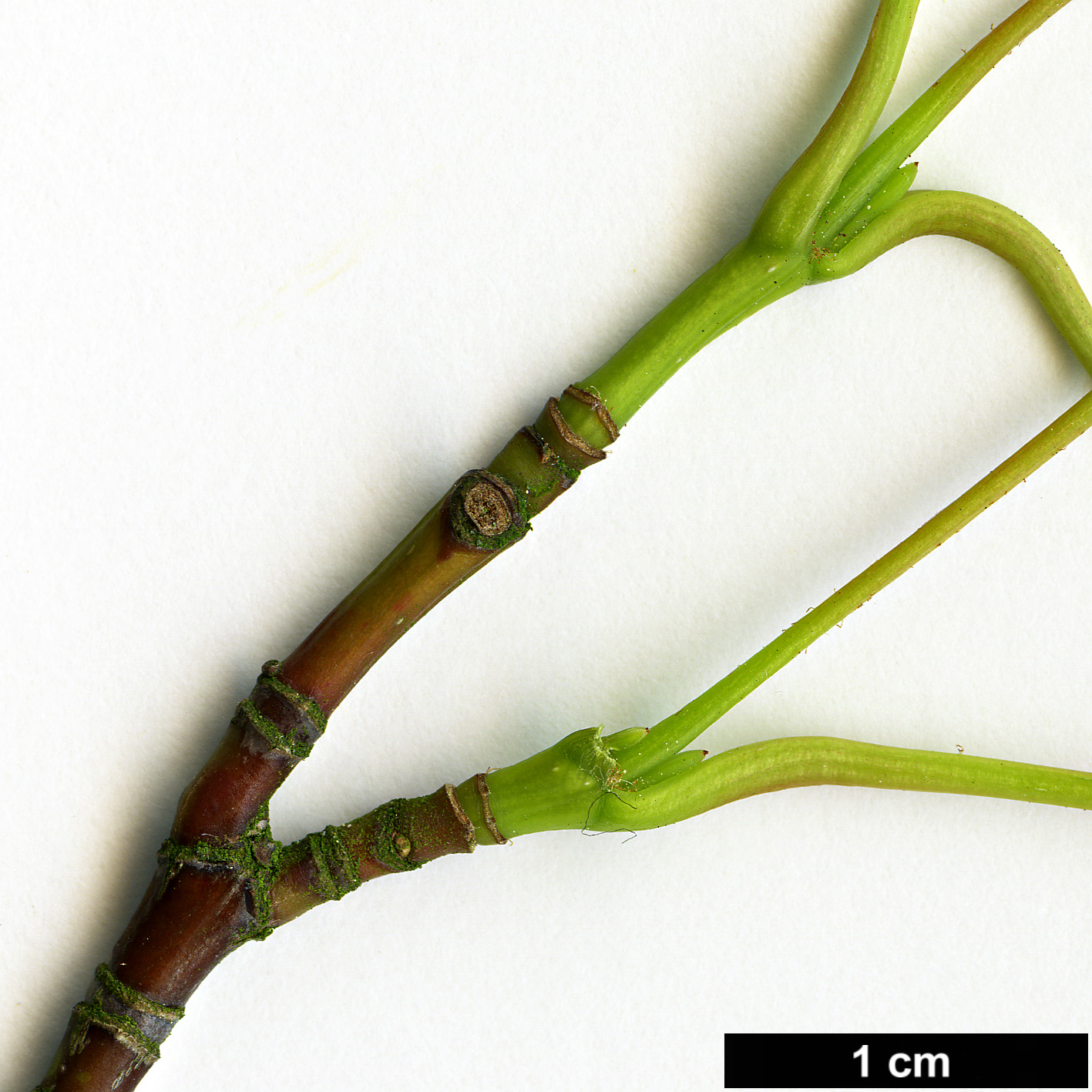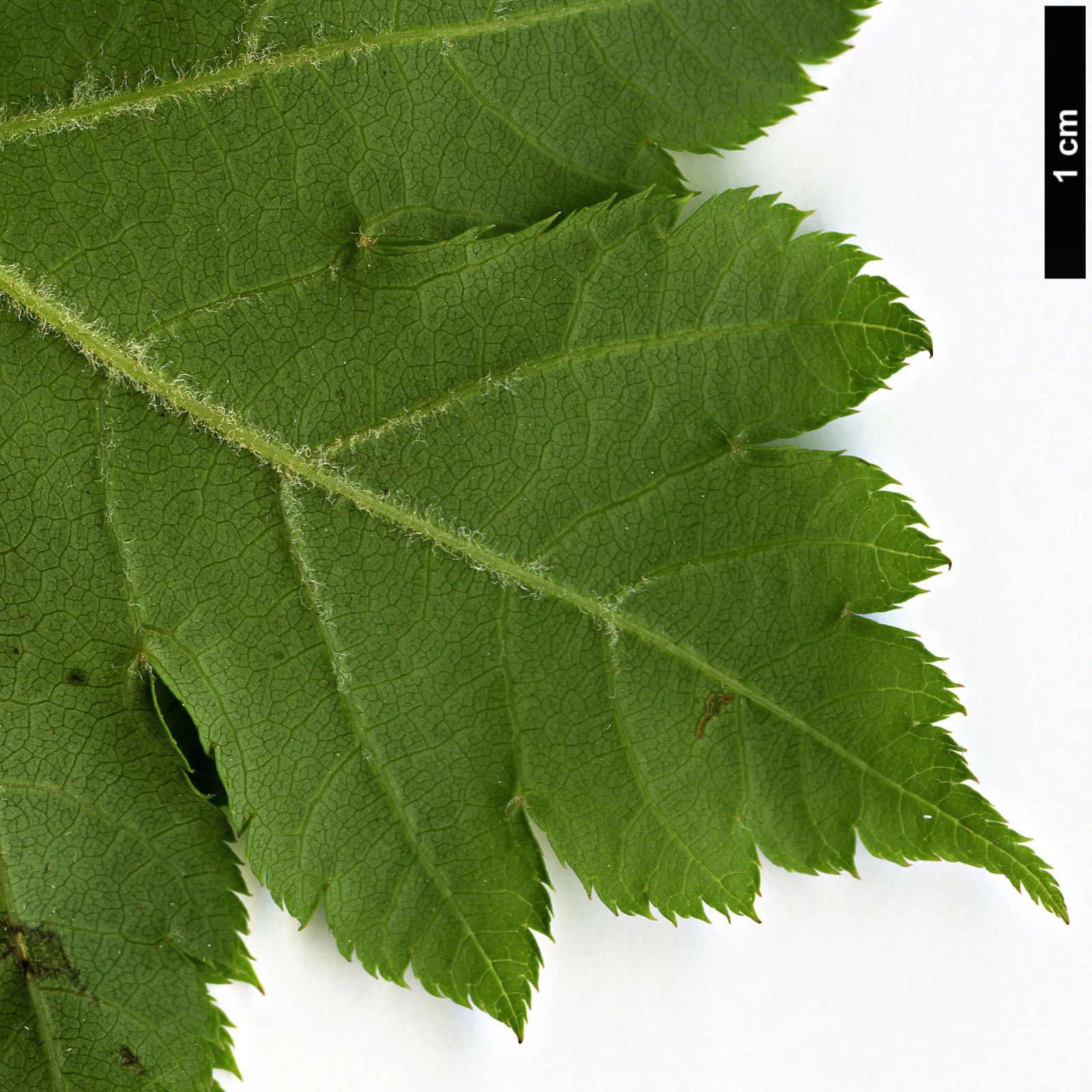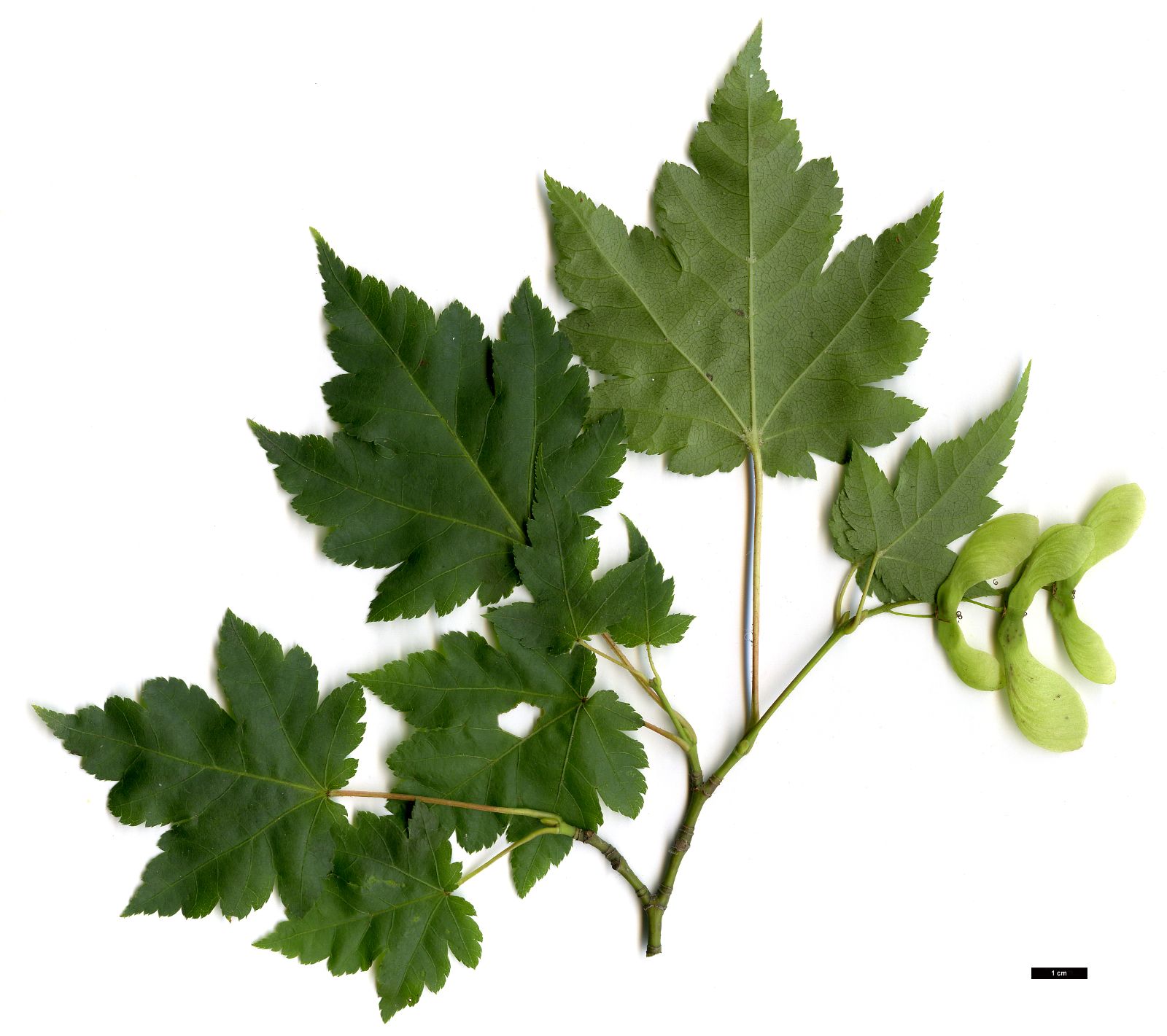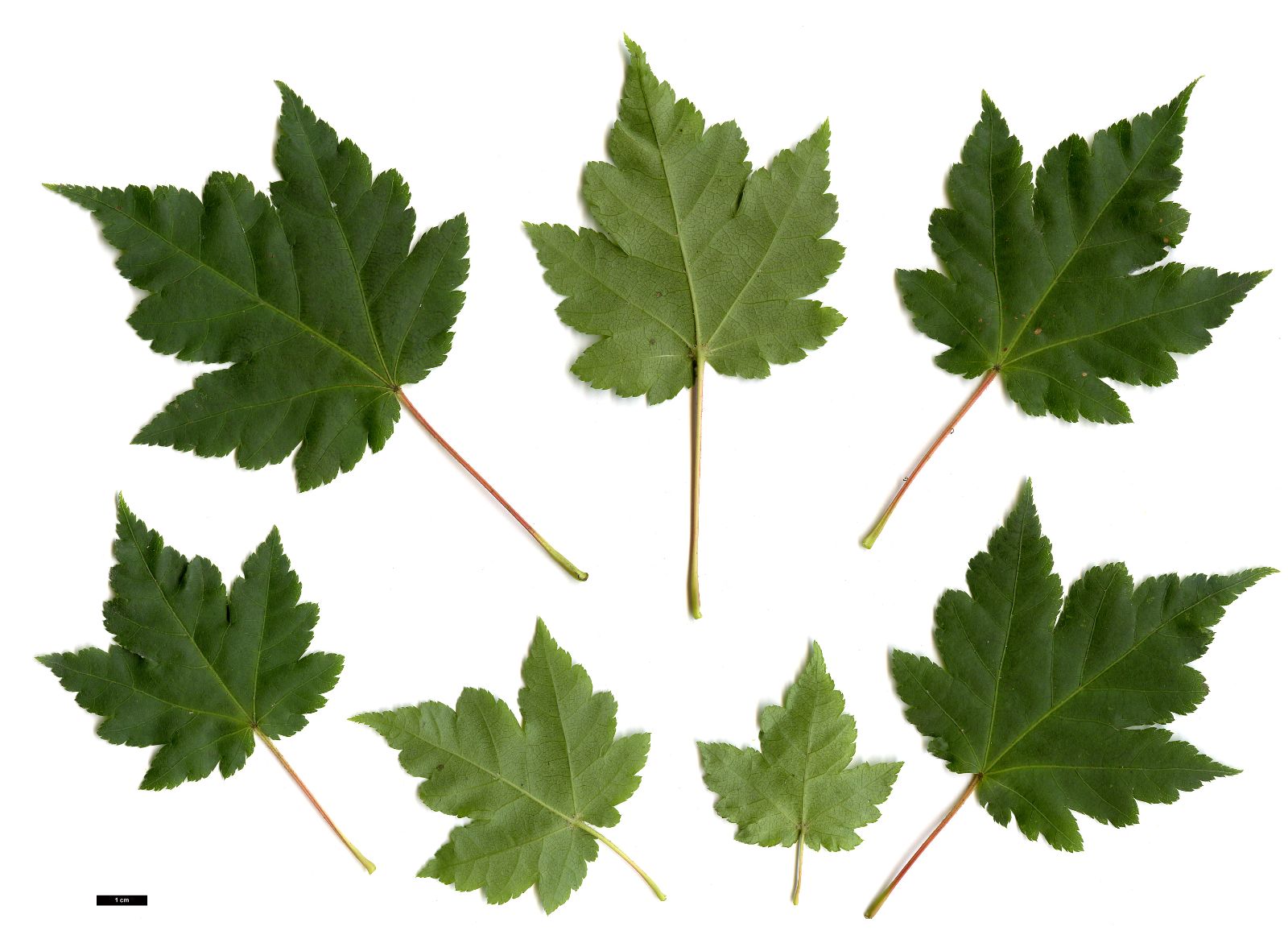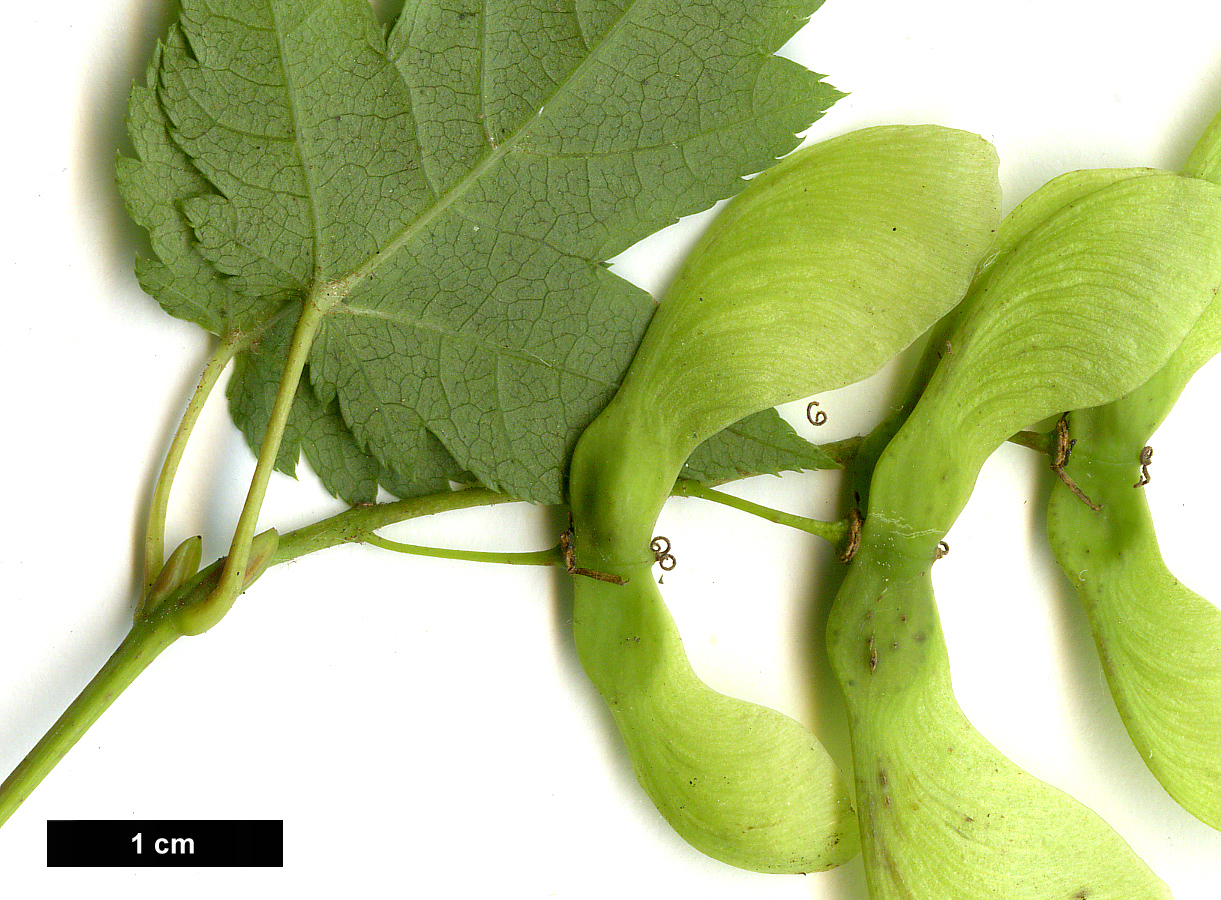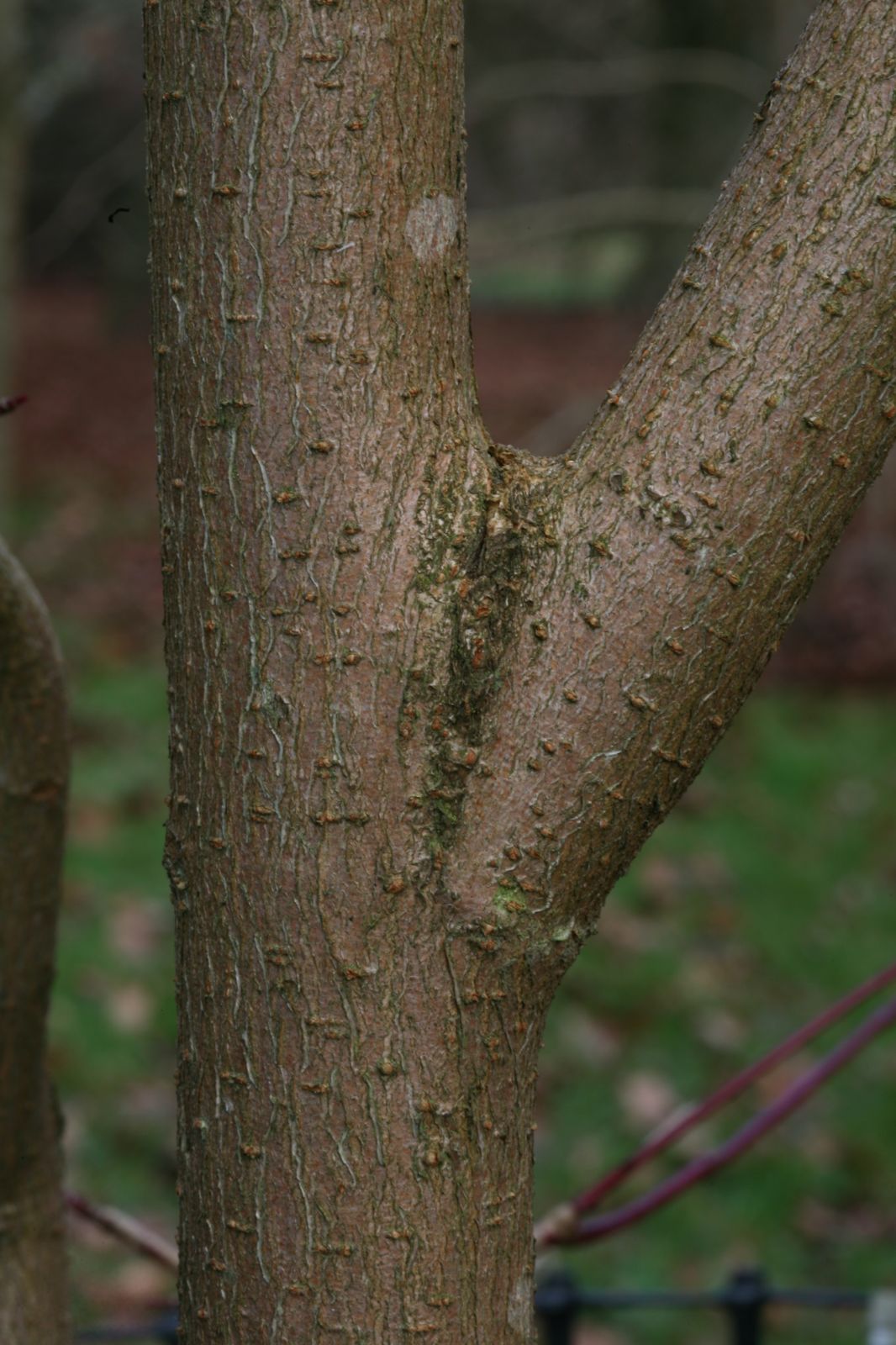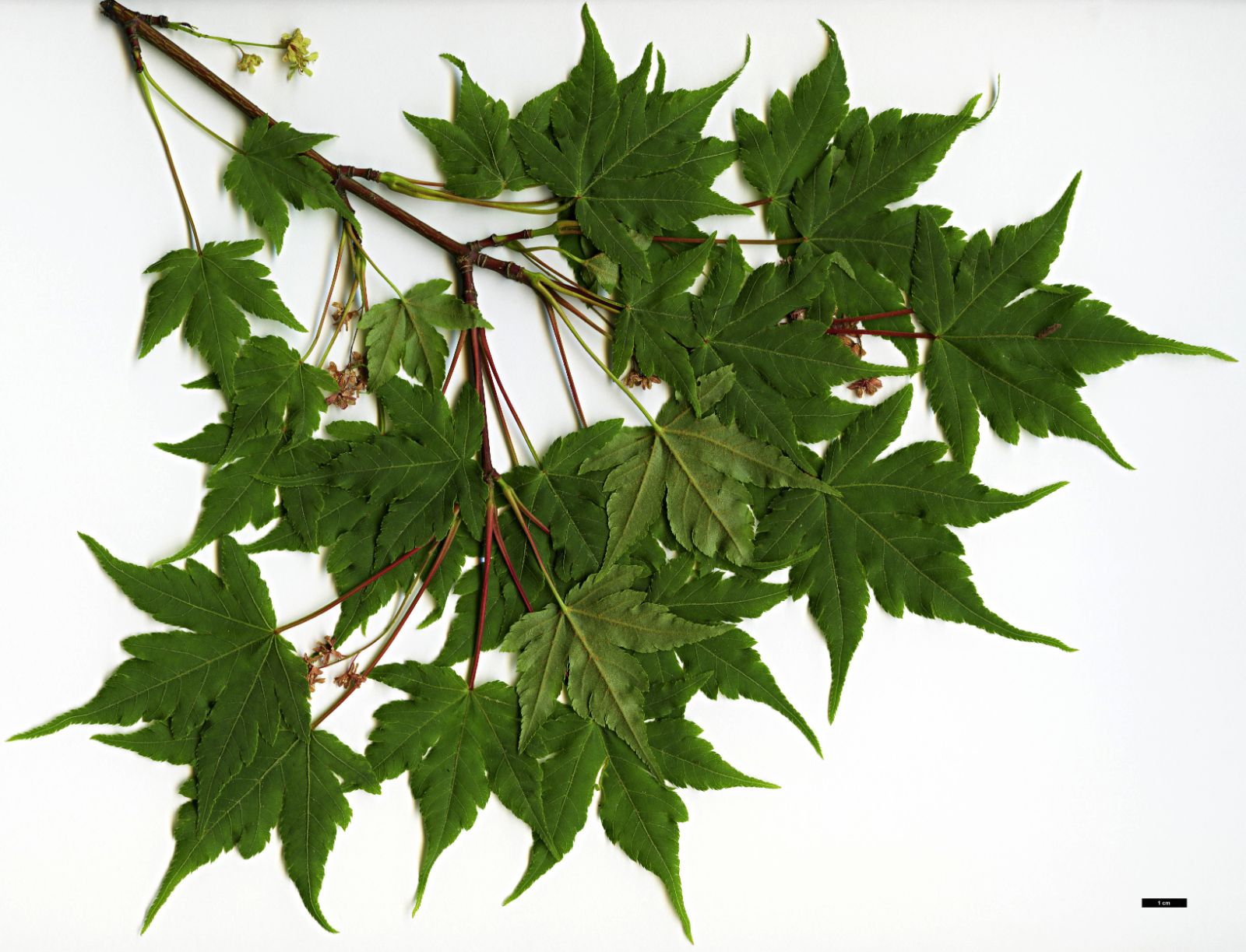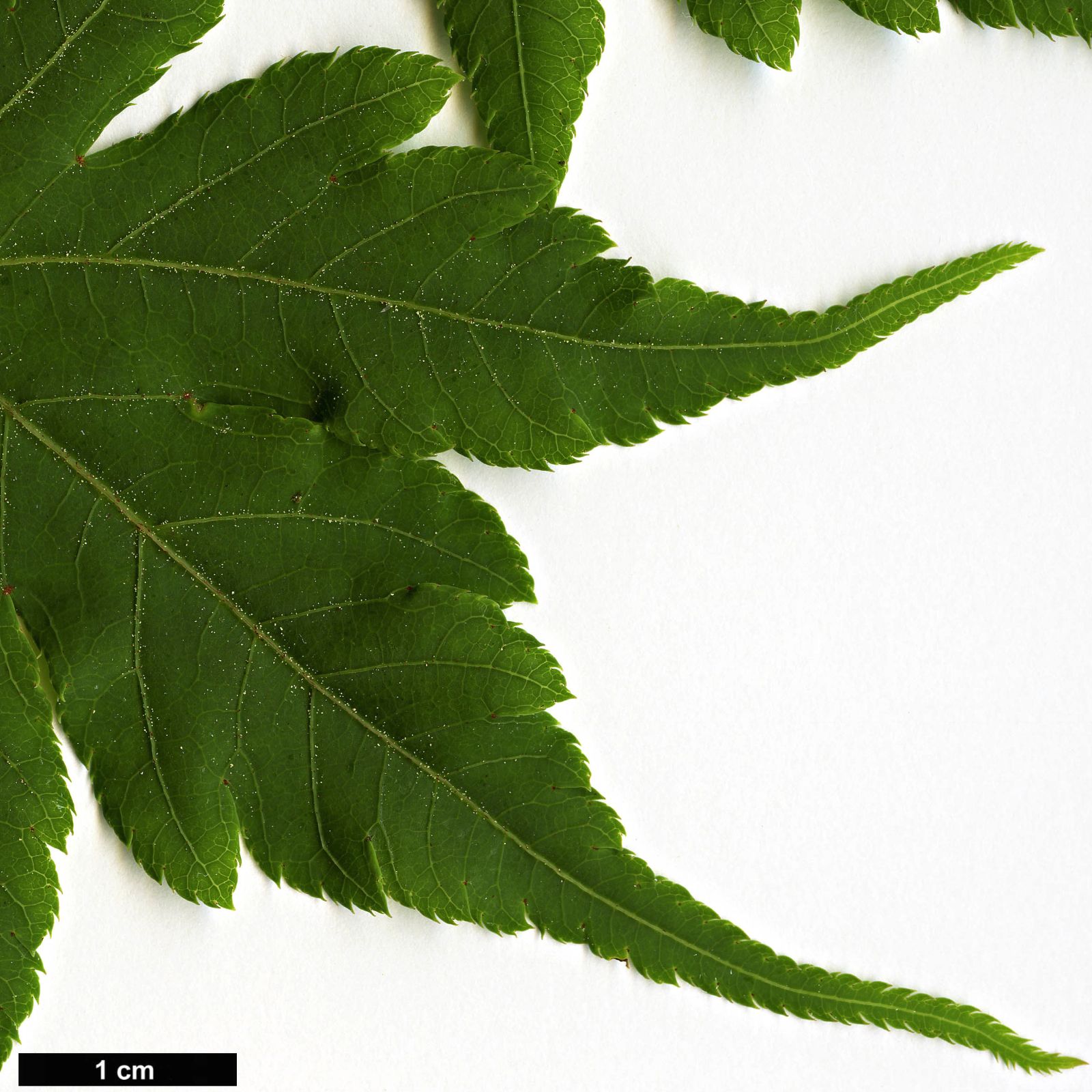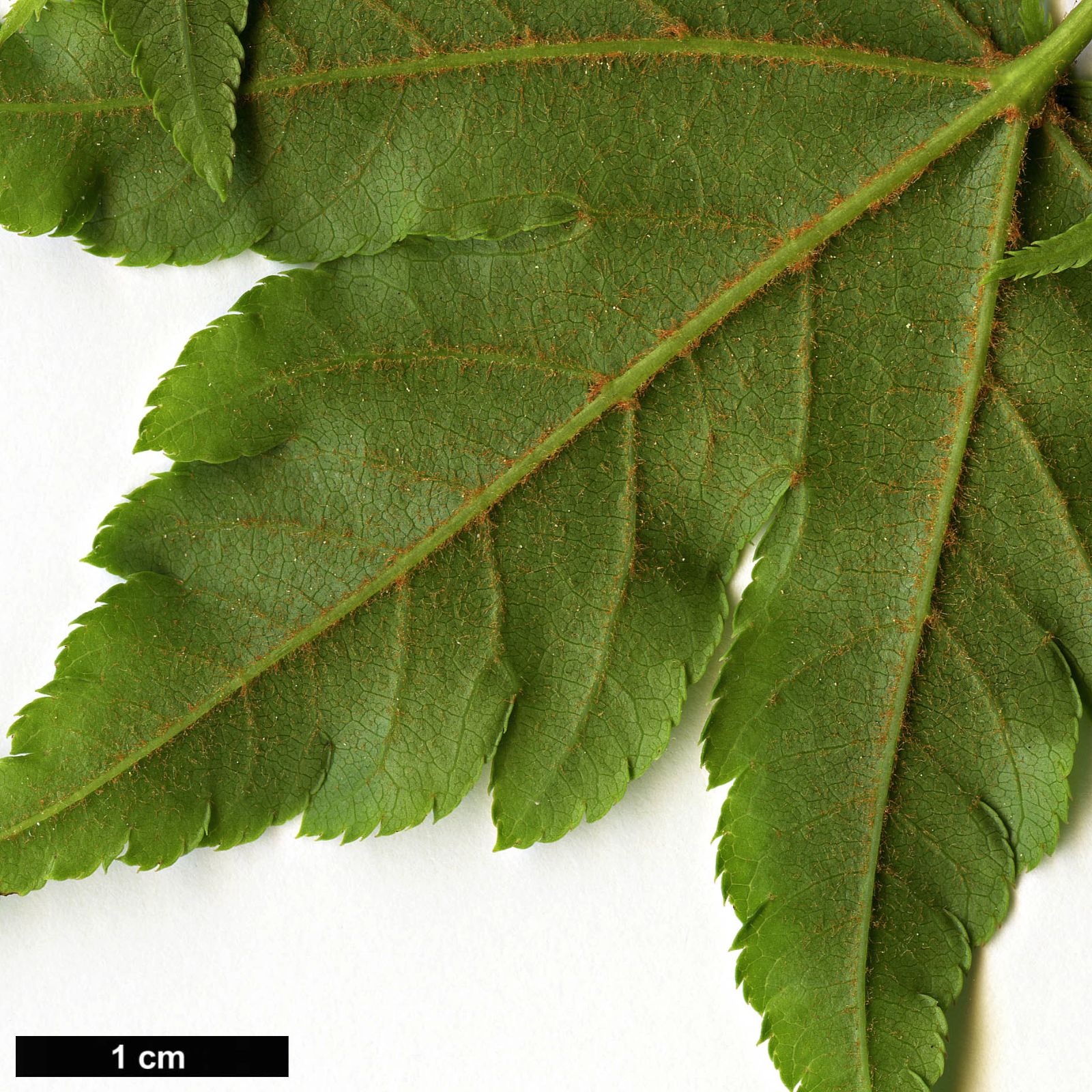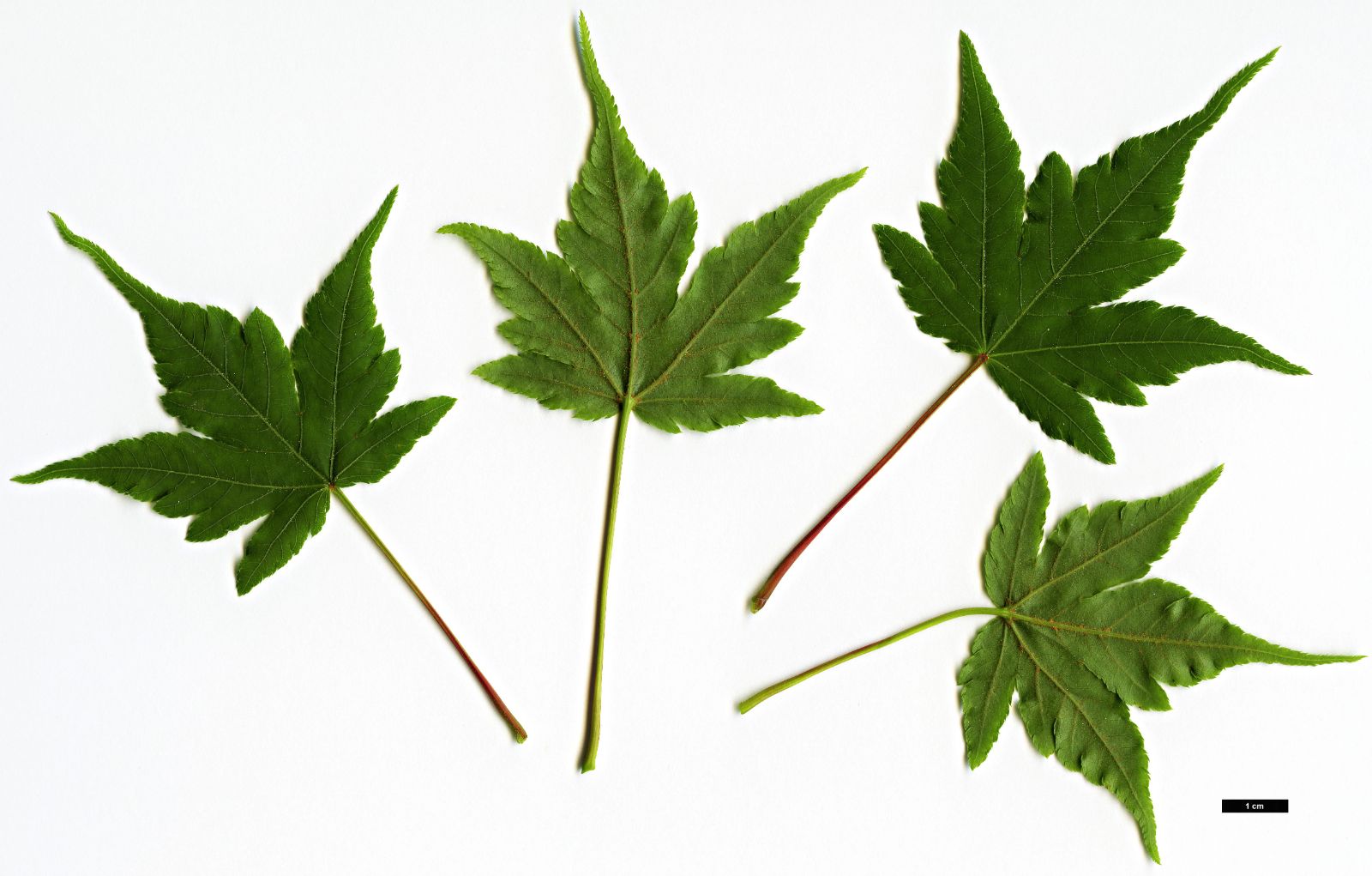Acer tschonoskii
Sponsor
Kindly sponsored by
Lawrence Banks
Credits
Dan Crowley (2020)
Recommended citation
Crowley, D. (2020), 'Acer tschonoskii' from the website Trees and Shrubs Online (treesandshrubsonline.
Genus
- Acer
- Sect. Macrantha
Infraspecifics
Other taxa in genus
- Acer acuminatum
- Acer amplum
- Acer argutum
- Acer barbinerve
- Acer buergerianum
- Acer caesium
- Acer calcaratum
- Acer campbellii
- Acer campestre
- Acer 'Candy Stripe'
- Acer capillipes
- Acer cappadocicum
- Acer carpinifolium
- Acer 'Cascade'
- Acer caudatum
- Acer ceriferum
- Acer chapaense
- Acer chienii
- Acer circinatum
- Acer cissifolium
- Acer × conspicuum
- Acer cordatum
- Acer coriaceifolium
- Acer × coriaceum
- Acer crataegifolium
- Acer davidii
- Acer diabolicum
- Acer distylum
- Acer divergens
- Acer duplicatoserratum
- Acer elegantulum
- Acer erianthum
- Acer 'Esk Flamingo'
- Acer fargesii
- Acer fenzelianum
- Acer flabellatum
- Acer forrestii
- Acer franchetii
- Acer × freemanii
- Acer fulvescens
- Acer 'Gimborn'
- Acer ginnala
- Acer glabrum
- Acer 'Gold Coin'
- Acer granatense
- Acer grandidentatum
- Acer griseum
- Acer heldreichii
- Acer henryi
- Acer × hillieri
- Acer hookeri
- Acer hyrcanum
- Acer japonicum
- Acer kawakamii
- Acer komarovii
- Acer laevigatum
- Acer laurinum
- Acer laxiflorum
- Acer lobelii
- Acer longipes
- Acer macrophyllum
- Acer mandshuricum
- Acer maximowiczianum
- Acer maximowiczii
- Acer metcalfii
- Acer miaotaiense
- Acer micranthum
- Acer 'Mindavi'
- Acer 'Minorient'
- Acer miyabei
- Acer miyabei × campestre
- Acer monspessulanum
- Acer morifolium
- Acer 'Mozart'
- Acer oblongum
- Acer obtusifolium
- Acer okamotoanum
- Acer oliverianum
- Acer opalus
- Acer orientale
- Acer palmatum
- Acer papilio
- Acer pauciflorum
- Acer pectinatum
- Acer pensylvanicum
- Acer pentaphyllum
- Acer pentapotamicum
- Acer pictum
- Acer pilosum
- Acer pinnatinervium
- Acer platanoides
- Acer platanoides × amplum
- Acer platanoides × truncatum
- Acer × pseudoheldreichii
- Acer pseudoplatanus
- Acer pseudosieboldianum
- Acer pubinerve
- Acer pycnanthum
- Acer rubescens
- Acer rubrum
- Acer rufinerve
- Acer saccharinum
- Acer saccharum
- Acer sempervirens
- Acer 'Serpentine'
- Acer serrulatum
- Acer shenkanense
- Acer sieboldianum
- Acer sikkimense
- Acer 'Silver Cardinal'
- Acer 'Silver Ghost'
- Acer sinense
- Acer sinopurpurascens
- Acer spicatum
- Acer stachyophyllum
- Acer taronense
- Acer tataricum
- Acer tegmentosum
- Acer tenellum
- Acer tetramerum
- Acer tibetense
- Acer tonkinense
- Acer triflorum
- Acer truncatum
- Acer turkestanicum
- Acer tutcheri
- Acer ukurunduense
- Acer velutinum
- Acer wardii
- Acer 'White Tigress'
- Acer wilsonii
- Acer × zoeschense
A deciduous shrub or tree 10–13 m in the wild. Bark grey-brown. Branchlets reddish-brown, inconspicuously striped, glabrous. Buds stipitate, ovate-lanceolate, with 2 pairs of valvate scales. Leaves triangular-ovate, 5–10 × 7–11 cm, base cordate, palmately 5-lobed, upper surface dark green, lower surface paler, often with rusty pubescence in secondary vein axils and along secondary veins, margins sharply doubly serrate, lobes ovate with apex acuminate to caudately acuminate; petiole 3–5 cm long, reddish, glabrous or pubescent and slightly grooved; autumn colour yellow to red. Inflorescence axillary or terminal, racemose, erect, ~10 flowered, 2–5 cm long. Flowers yellowish-green, 5-merous, usually androdioecious; pedicels 1–1.5 cm long, sepals narrowly oblong 0.4–0.5 cm long, petals obovate-oblong, slightly shorter than, or as long as, sepals, stamens 8, inserted outside the nectar disc. Samaras 1.4–2.3 cm long, wings spreading obtusely. Flowering April to July (Japan), fruiting in October. (Ogata 1999; van Gelderen & van Gelderen 1999).
Distribution Japan Southern Kuriles, Hokkaido, northern and central Honshu, Shikoku, Kyushu.
Habitat Cool temperate to subalpine forests, often along ridges of higher mountain slopes.
USDA Hardiness Zone 5
RHS Hardiness Rating H5
Conservation status Least concern (LC)
Taxonomic note Acer tschonoskii subsp. koreanum was recognised by van Gelderen et al. (1994) but this has since been proven indistinct from Acer komarovii and should now be considered a synonym of that species (Chang & Kim 2003, Xu et al. 2008, de Jong 2019).
One of seven Japanese members of Section Macrantha, Acer tschonoskii is regarded as somewhat unique in that its flowers are held erect, whereas those of the rest of the section are more or less pendulous. However other species, notably Acer capillipes, may also hold their flowers somewhat erect at first, though typically not as markedly. Its bark is also less ‘snake-barked’, turning brown quickly and recalling that of A. pectinatum and some of its affinities, though these are not easily confused. Morphologically, A. tschonoskii is closest to A. komarovii and A. micranthum. Aside from its floral differences, it can be separated from both by its shorter terminal leaf lobes, while its leaves are also larger in outline than A. micranthum.
Introduced to Britain in 1902 (Bean 1976a) and North America ten years prior (Rehder 1940), the species is largely restricted to specialist collections, though is not entirely without horticultural merit, turning satisfactory shades of yellow to red in autumn. The UK and Ireland Champion grows at Westonbirt, Gloucestershire, measuring 8 m tall in 2002 (The Tree Register 2018) and as least as wide as it is tall; it enjoys a sheltered location on deep sandy soil.
var. australe Momot.
Var. australe has flowers with sepals as long as petals, as opposed to petals longer than sepals found in the typical variety, it also has smaller fruits and caudate-acuminate leaf lobes (de Jong 2019).
Distribution
- Japan – Central Honshu, Shikoku, Kyushu.
RHS Hardiness Rating: H5
USDA Hardiness Zone: 7-8
Var. australe in likely to be rather rarer in cultivation than previously supposed. It is known largely from relatively recent introductions made under the name, codes and numbers BBJMT 291 and BCJMM 291, both made in Gifu Prefecture, Honshu, in 2005 and 2007 respectively. Both expeditions comprised staff from the Royal Botanic Garden Edinburgh and the Howick Arboretum in the United Kingdom, and the Quarryhill and Polly HIll Botanic Gardens in the United States, and they have been distributed relatively widely through major collections in Europe and North America. Unfortunately, neither of these collections represent this taxon, and both are referable to Acer micranthum.

